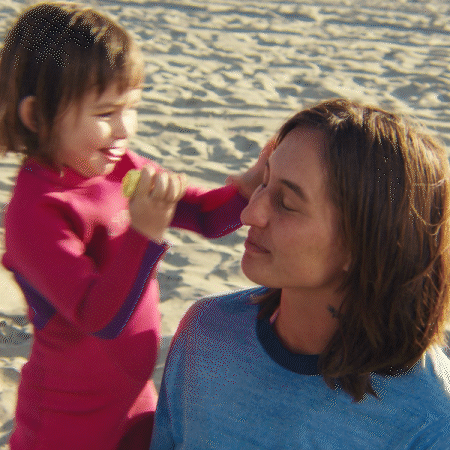What Does That Mean?
It means trust us, the ones who live on the beach and need products that work on even the most intense days in the sun. The simple truth is, when you make products to protect the ones you love, you make ‘em better.


What Does That Mean?
It means trust us, the ones who live on the beach and need products that work on even the most intense days in the sun. The simple truth is, when you make products to protect the ones you love, you make ‘em better.
Stay Covered


Apply & Reapply
How much is the right amount of sunscreen to use? We try and err on the sideofapplying generously-which is about 2-3 tablespoons. Don’t be afraid to slather it on.
Reapplying sunscreen throughout the day is also super important. As a rule of thumb, weapply every 2 hours and after sweating, towel-drying, surfing, cannonballingand the like tohelp SPF do what it does best.
We Got You Covered
(No Matter Which SPF You Choose)
UVA vs. UVB Rays
From the sun, come both UVA and UVB rays. UVA rays are known for penetrating the deeper layers of our skin, which can lead to premature skin aging and wrinkles. UVB rays on the other hand, are known as the culprits of sunburns and play a significant role in causing skin cancer.
Curious how intense the UV rays are at any point in the day? Just look up the UV index on your phone.






